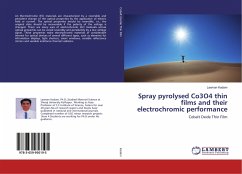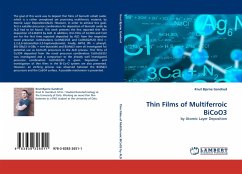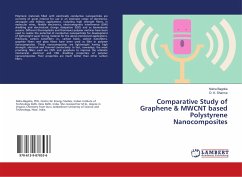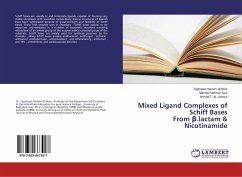Electrochromic (EC) material is able to change its optical properties when a voltage is applied across it. The optical properties should be reversible, i.e.; the original state should be recoverable if the polarity of the voltage is changed. There are many uses of electrochromic (EC) materials whose optical properties can be varied reversibly and persistently by a low voltage signal. These properties make electrochromic materials of considerable interest for optical devices of several different types, such as elements for information displays, light shutters, smart windows, variable reflectance mirrors and variable emittance thermal radiators.








